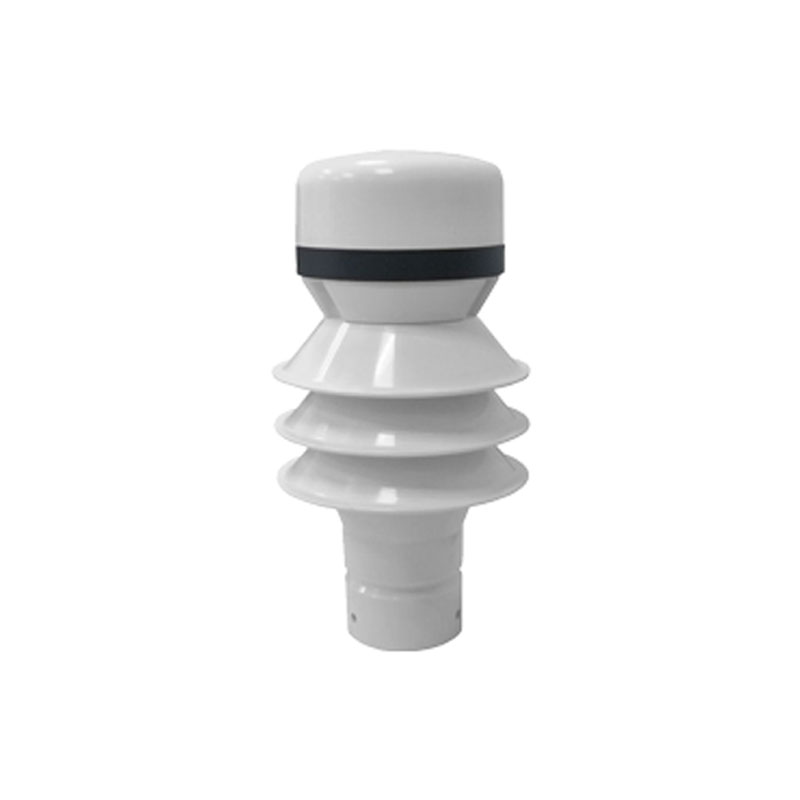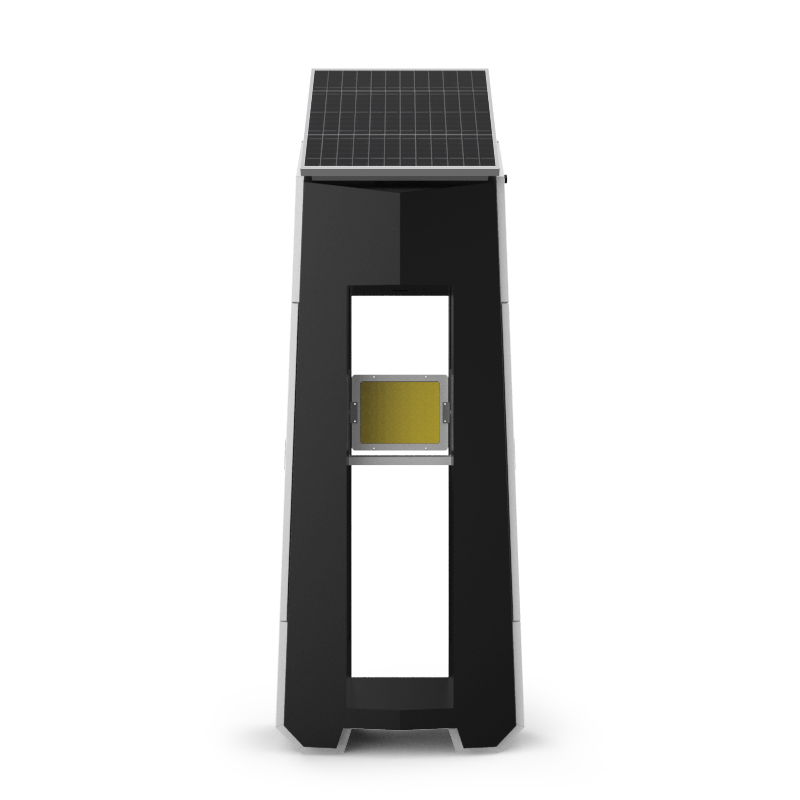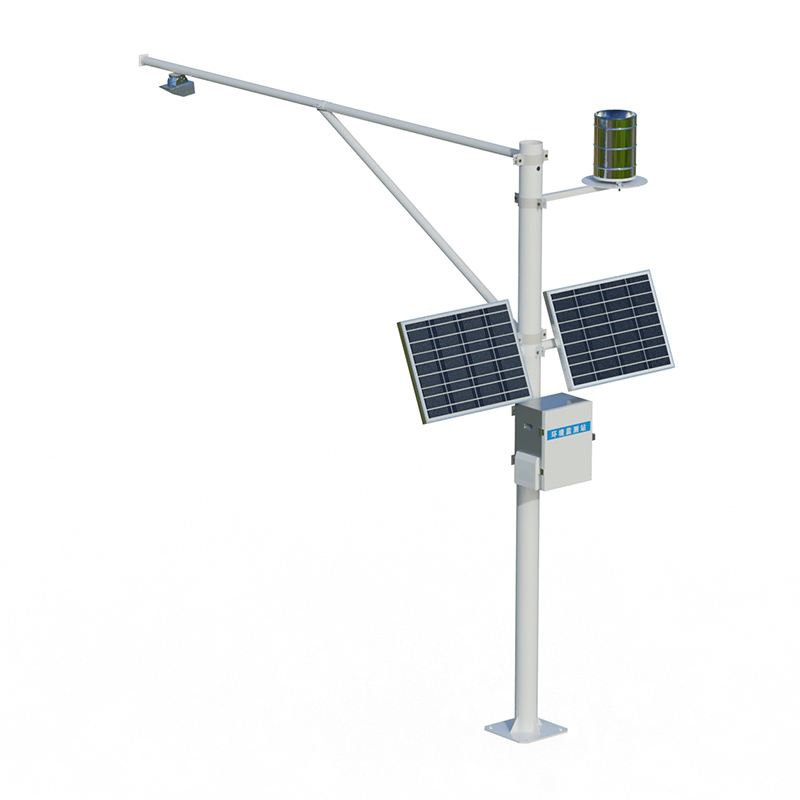Product Center
-
Hydrological equipment monitoring station
-
Water Quality Monitor Sensor
-
Plant protection equipment
-
Food Testing Equipment
- Rainfall Monitoring employs K-band radar for non-contact monitoring of rainfall and water level
- Wheat Fusarium Head Disease Monitoring System: A Wheat Disease Prediction Solution Based on Spore Capture and Built-in Model
- Water quality monitoring system: Integrated Water Quality Analysis Equipment for Monitoring Water Temperature, Conductivity, pH, and Dissolved Oxygen
- Soil Moisture Monitoring Simultaneously Monitors Moisture, Temperature, and Conductivity of Three Soil Profiles
- River flow and streamflow monitoring Integrated Water Level, Flow Velocity, Discharge, and Rainfall Monitoring
- Soil profile moisture meter can measure soil profile moisture, temperature, and electrical conductivity
Shandong Fengtu IOT Technology Co., Ltd
Sales Manager:Ms. Emily Wang
Tel, Whatsapp:+86 15898932201
Email:info@fengtutec.com
Add:No. 155 Optoelectronic Industry Accelerator, Gaoxin District, Weifang, Shandong, China

African Swine Fever Virus Rapid Test Kit
Model:FT-ZWSJ1
Brand:fengtu
Related products
Product details
African Swine Fever Virus Rapid Test Kit Instruction Manual
African Swine Fever Virus Rapid Test Kit can be used to detect African swine fever virus in pig blood, lymph nodes, spleen, tonsil and other samples by real-time quantitative PCR principle.
(Quick nucleic acid amplification kit)
【Product name】
Generic name: African Swine Fever Virus Rapid Test Kit (PCR Fluorescence Probing method) English name: Diagnostic Kit for African Swine Fever Virus (PCR Fluorescence Probing)
[Intended use]
This kit is mainly used to detect African swine fever virus (ASFV) nucleic acid in anticoagulant blood and clinical disease materials of suspected infected pigs.It is suitable for the detection, auxiliary diagnosis and epidemiological investigation of African swine fever virus.
【Kit components】
1.Kit composition and storage conditions
| name | 50T | storage conditions |
| 1.Reaction solution A | ImL | -20°C |
| 2.Reaction solution B | ImL | |
| 3.Positive control | 250μL | |
| 4.Negative control | 250μL | |
| 5.PCR reaction solution | 850μL | |
| 6.Enzyme mixture | 150μL |
2.You need to prepare your own materials: physiological saline, sterile pipette tips, special reaction tubes for fluorescent PCR, markers, etc.
[Operating steps] 1.Sample preparation
1.Blood samples: Collect anticoagulated blood (anticoagulant is EDTA) or serum samples, and number them for later use.
2.Tissue samples: Collect diseased tissue samples such as spleen, liver, lymph nodes, tonsils or 0.1g of soft ticks (the size of soybean grains), cut them into pieces with ophthalmic scissors, and fully homogenize or grind them in a tissue homogenizer or mortar, then add 1 mL Mix physiological saline evenly, centrifuge at 8000rpm/min for 2 minutes at 4°C, take the supernatant into a sterilized centrifuge tube, number it for later use.
2.DNA extraction
Take 20 μL of reaction solution A and add it to a new 1.5 mL centrifuge tube.Add 2 μL of anticoagulant or serum or tissue supernatant and mix well.Leave it at room temperature (about 20°C) for 3 minutes.Add 20 μL of reaction solution B and mix by pipetting.If it is anticoagulated whole blood, it needs to be centrifuged at 8000rpm/min for 2 minutes to prepare the DNA solution to be tested.
2.PCR amplification
1.Solution preparation: Take out the PCR reaction solution and enzyme mixture, and after they are completely melted at room temperature, mix them thoroughly and swipe them away.You can take out all the enzyme mixture and add them directly to the PCR reaction solution, mix them thoroughly, and swipe them away.Use in aliquots of 20 μL each; or take a certain test amount according to the ratio of 17 μL each PCR reaction solution and 3 μL enzyme mixture, mix the two reaction solutions, and then aliquot 20 μL each into a dedicated fluorescent PCR In the reaction tube, the remaining reagents should be frozen immediately; (pay attention to avoid light during the operation)
2.Sample addition and amplification: Add 5 μL of sample DNA or negative control or positive control to the above-mentioned PCR reaction tubes, mix and blink, and put it into a fluorescent PCR machine to run the following program:
Step Condition Cycle Number UNG Treatment 50°C: 2 min 1 Pre-denaturation 95°C: 3 min 1 Pre-amplification 95°C: 8 sec 55C: 8 sec 5 PCR amplification 95°C: 8 sec 55°C: 8 40 seconds
FAM was selected as the fluorescence channel, and fluorescence signals were collected at 55°C during each cycle of the 40-cycle stage.Set the amplification system to 25μL, and select the mode of passive reference and quencher as none.
(Note: If the fluorescence PCR instrument (such as ABI7500) cannot operate due to short temperature holding time after being set according to the reaction program in the instruction manual, the pre-amplification and PCR amplification conditions can be changed to 95°C: 5 seconds and 55°C: 30 Second.)
[Result Judgment] 1.Baseline and threshold setting; baseline adjustment takes 6-15 cycles of fluorescence signals, and threshold setting is based on the principle that the threshold line just exceeds the highest point of the negative control detection fluorescence curve.
2.Quality control: After the reaction, the test result of the negative control should have no specific amplification curve, and the Ct value should be >38 or none; the Ct value of the positive control should be ≤30.0, and there should be an obvious amplification curve; otherwise, the experiment is regarded as invalid.
3.Sample judgment: If the fluorescence signal of the sample to be tested increases exponentially, and the result shows that the Ct value is <35.0, the report is positive; if no Ct value is detected or the Ct value is >38 or there is no obvious amplification curve, the sample is judged as negative.When 35 ≤ Ct value ≤ 8, retest once.If the repeated result is positive, it will be judged as positive, otherwise it will be judged as negative.
[Notes] 1.Please read the instructions of this kit carefully before experimenting, strictly follow the operating steps, and accurately control the time, reagent volume, etc.during the operation to obtain the best results.
2.The laboratory should be managed in strict accordance with relevant regulations.There should be production requirements for personnel, equipment, reagents and air flow in each section.
3.Ensure that the relevant consumables are clean and sterile.After the nucleic acid extraction is completed, proceed to the next step of testing or cryopreservation as soon as possible.
4.Premixed reagents should be used as soon as possible.For outdoor use, they should be stored in a foam box with ice packs.After daily testing, they should be frozen and stored in time.
5.Avoid contact with fluorescent PCR tubes with bare hands or used gloves.Use disposable latex gloves without fluorescent substances during the detection process.
6.The cryopreserved reagent should be completely thawed at room temperature before use, mixed thoroughly, and centrifuged momentarily to allow the liquid to completely sink to the bottom of the tube.
7.After the samples and negative controls are capped, add positive controls in a ventilated environment and cap them in time to avoid false positive contamination between components and aerosols.
8.It is strictly forbidden to open the lid of the PCR tube after the amplification reaction is completed.It should be collected in time together with other waste generated by the test and treated away from the PCR laboratory for harmless treatment.
[Specification] 50 pieces/box.
[Storage and Validity Period] Store in a dark place below -20°C.Validity period is 12 months.
For Veterinary Diagnostic Use Only
This paper addresses:https://fengtusz.com/African-Swine-Fever-Detection/African-Swine-Fever-Virus-Rapid-Test-Kit.html
- Previous Article :no more
- Next Article:African Swine Fever Virus Detection Kit
Related article
-
High-altitude detection lamps defend against pest threats
2024-04-16 -
Tubular Soil Moisture Monitor: Supporting Long-Term Field Monitoring with Real-Time Data Transmission
2025-08-28 -
Radar Flow Rate Flow Level Rainfall Monitoring Stations
2024-03-28 -
Dosing farm drones are more than ten times more efficient than manual labour!!!!
2024-06-28 -
Functions, Expandability of Smart Agriculture Automatic Soil Monitoring System and Soil Moisture Sensor Details
2025-08-18 -
Precision Meteorological Monitoring: The Ultrasonic Smart Weather Station Advantage
2025-10-20 -
GNSS Monitoring Station: A Reference Station for High-Precision Displacement Monitoring
2025-11-11 -
Farming effluent monitoring stations to prevent water pollution
2024-06-21


 Get a Free Quote
Get a Free Quote






